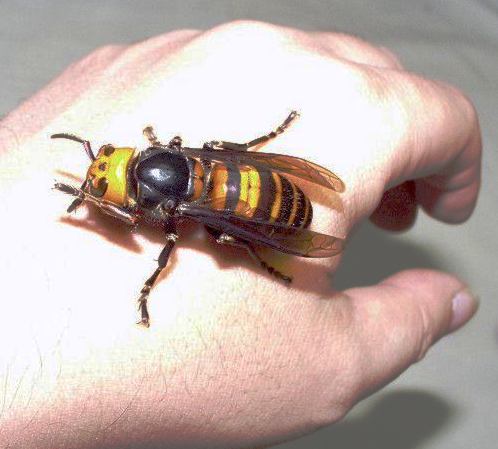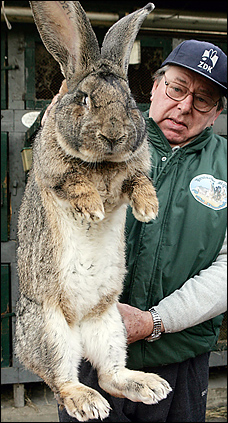Thanks for "quotation" info. But as I see it isn't so flexible as it could be. Look, I saw in a site named I don't remember how, such a function that allows making a real bunch of quotes (from different correspondents at once). I think it's impossible here, isn't it?
And I can propose some new things of Chinese dragons. Two items, that partially proves monsieur
juantoo3's position of "specific dragons for specific cases", and partially proves Oriental theory of scientifical ground for each so-called 'dragon'. If you don't mind:
THE FIRST - In China and some other eastern countries and cultures they really have specific dragons. But there's an interesting amendment. I did not hear of it before: there usually mentioned four typical dragons (they call them "loons"). Tyanloon (Dragon of Heaven) keeps the Palace of Gods; Foo-Tsanloon (under-Earth one) keeps treasures of underground; Tsiloon (Earth dragon) is master of rivers and ponds; Shenloon (Rain dragon) is a manager of winds.
Looks like a fairy tale, but it isn't. I think it has some connection with four elements of the World - ground, water, fire and air. As I understand, not many people believe that Elements are scientifical. But they are. Real elements they say to have no material nature. For ex, H2O is water for us, and H2SO4 is not... But scientist will undoutedly find hundreds new "elements" like H2O. And elements, real elements (in sense of things of what World was created) have no material nature. They're eternal as World eternal. And that water-Element (dragon Tsiloon) stands for everything liquid in all Universe. So, aluminium to be made liquid with high temperature presents Element 'water', and being in its normal condition stands for element 'Ground'... and so on.
Well, scientifical ground is obvious. And in realty they aren't those spirits they are to symbolize. Although it all my thought - they don't have to be correct... And I'm sure it touches one of real secrets of nature.
And lower item I knew rather long time, but didn't think it should be said here:
THE SECOND - Dragons are usually, if you remember, coloured with different tints. There are yellow loons, green, red, white etc. I think you mentioned it when speaking of specific attributes. I'm sure it's all symbolical. Many people do believe (even ones from beau monde) colours have their own character each, temperament if you wish. Maybe someone heard of it: I don't think it's a secret. I heard of colour's temper from an old man in central Russia.
And every skeptic could (and really can) check it himself using an old psychological method of mind-relaxation. Just take a look at a thing (at a table of yours, for ex) and try not to think, but only look at its colour about two seconds. Just look, don't think. Different colours will invite different emotions.
The theme of nature and origin of colours is on the very top of interest and very useful for everyone, but it's completely out of place in our dragon-theme. I find it'd be good if someone opens a theme of colours, sounds and other electrical phenomena in our "Science" section. I really know that not so many science knows of it.
Now I think it's obvious for everyone dragons, real dragons, are not spirits and are not a myth. Thank you.

P.S.: thanks for gargouille links. In Ukrainian one (as it was) I found nothing except architecture, as I expected; but English link is really full.




